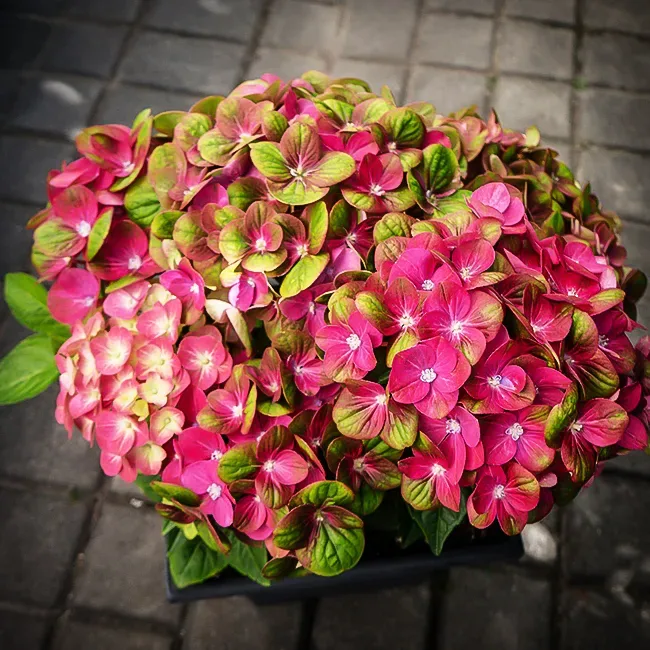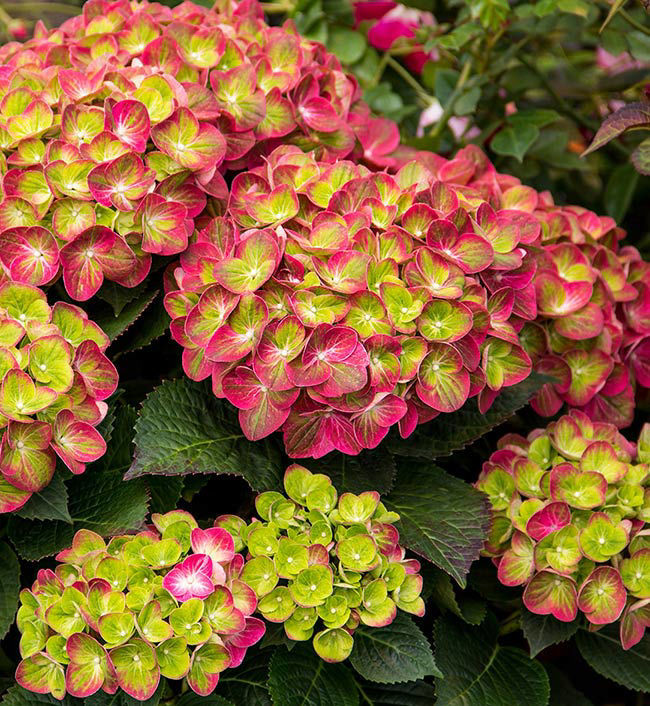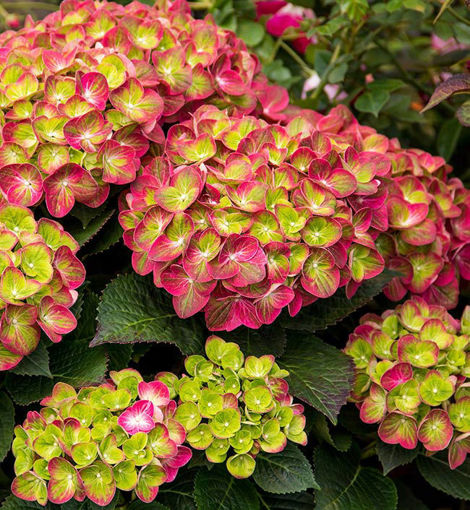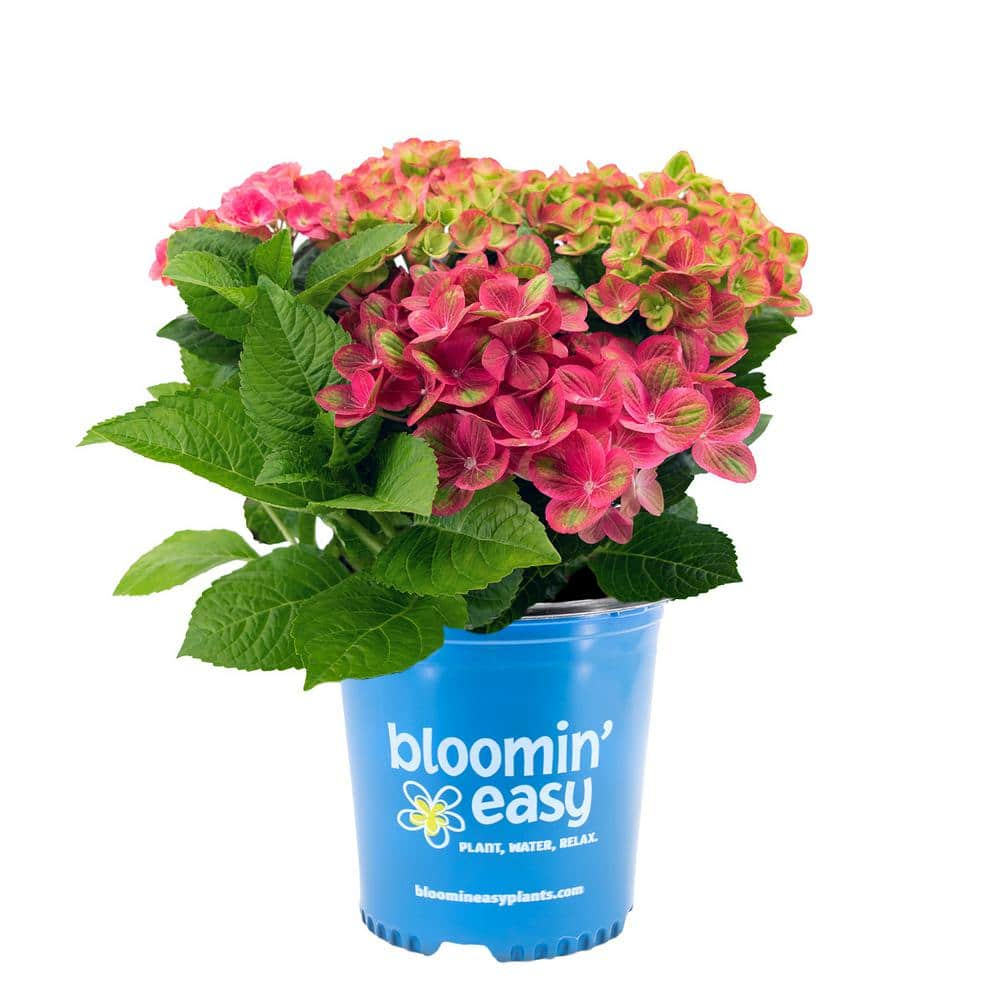Hydrangea Tilt A Swirl: The Ultimate Guide To Growing And Caring For These Stunning Blooms
Hydrangea Tilt-a-Swirl: The Ultimate Guide to Growing and Caring for These Stunning Blooms
Hydrangea Tilt-a-Swirl is a unique and beautiful shrub that is sure to add a touch of elegance to any garden. With its large, mophead blooms that swirl in a variety of colors, Tilt-a-Swirl is a showstopper that will turn heads all summer long.
In this guide, we will provide you with everything you need to know about growing and caring for Hydrangea Tilt-a-Swirl. We will cover topics such as:
- Choosing the right location
- Planting and watering
- Fertilizing
- Pruning
- Pests and diseases
- Overwintering
We will also share some tips for getting the most out of your Tilt-a-Swirl hydrangea. By following these tips, you can enjoy beautiful blooms for years to come.
Choosing the right location
Hydrangea Tilt-a-Swirl prefers full sun to partial shade. In too much shade, the blooms will not be as vibrant. In too much sun, the leaves may scorch.
The soil should be well-drained and rich in organic matter. If your soil is sandy or clayey, you will need to add some compost or peat moss to improve drainage.
Planting and watering
Hydrangea Tilt-a-Swirl should be planted in the spring or fall. When planting, dig a hole that is twice as wide and as deep as the root ball. Backfill the hole with soil, being careful not to bury the crown of the plant. Water the plant well after planting.
Tilt-a-Swirl hydrangea needs regular watering, especially during the first year after planting. Water deeply once a week, or more often if the weather is hot and dry.
Fertilizing
Hydrangea Tilt-a-Swirl should be fertilized in the spring and fall. Use a balanced fertilizer, such as 10-10-10, at the rate recommended on the label.
Pruning
Hydrangea Tilt-a-Swirl does not need to be pruned heavily. However, you may want to remove any dead, diseased, or damaged branches in the spring. You can also prune the plant to shape it or to keep it from getting too large.
Pests and diseases
Hydrangea Tilt-a-Swirl is generally pest- and disease-resistant. However, it can be susceptible to aphids, scale, and powdery mildew. If you see any pests or diseases, treat them immediately with an appropriate pesticide or fungicide.
Overwintering
In colder climates, Hydrangea Tilt-a-Swirl may need to be protected from the cold. In the fall, mulch the plant with 2-3 inches of organic material, such as leaves or pine needles. You may also want to cover the plant with a burlap sack or other protective material.
Tips for getting the most out of your Tilt-a-Swirl hydrangea
- Feed your plant with a balanced fertilizer in the spring and fall.
- Water your plant regularly, especially during the first year after planting.
- Prune your plant in the spring to shape it or to keep it from getting too large.
- Protect your plant from pests and diseases.
- Mulch your plant in the fall to help protect it from the cold.
- Cover your plant with a burlap sack or other protective material in colder climates.
By following these tips, you can enjoy beautiful blooms from your Hydrangea Tilt-a-Swirl for years to come.
If you're looking for a hydrangea that will add a touch of whimsy and charm to your garden, the Tilt-A-Swirl Hydrangea is a great option. With its unique bicolor blooms that swirl from chartreuse to bright pink to rosy-red, this eye-catching shrub is sure to turn heads. And because it's a continuous bloomer, you'll enjoy its colorful display from spring to fall.
The Tilt-A-Swirl Hydrangea is relatively low-maintenance and can thrive in a variety of conditions, making it a good choice for even novice gardeners. It prefers full sun to partial shade and well-drained soil. To encourage blooms, fertilize your hydrangea in the spring and summer.
If you're interested in learning more about the Tilt-A-Swirl Hydrangea, I recommend visiting . This website has a wealth of information about this beautiful shrub, including care tips, planting instructions, and more.
FAQ of hydrangea tilt a swirl
- What is hydrangea tilt a swirl?
Hydrangea tilt a swirl is a type of hydrangea that is known for its unique blooms. The flowers of hydrangea tilt a swirl are arranged in a spiral pattern, which gives them a very eye-catching appearance. Hydrangea tilt a swirl grows 3 to 4 feet tall and wide, and it blooms from summer into fall. The flowers are typically pink with a green center, but they can also be red or blue depending on the acidity of the soil.
- How much sun does hydrangea tilt a swirl need?
Hydrangea tilt a swirl prefers partial shade, but it can also tolerate full sun in cooler climates. If you live in a hot climate, it is best to plant hydrangea tilt a swirl in a spot that gets morning sun and afternoon shade.
- How much water does hydrangea tilt a swirl need?
Hydrangea tilt a swirl needs regular watering, especially during the first year after planting. Once the plant is established, it can tolerate some drought, but it will flower better if it is watered regularly.
- How do I care for hydrangea tilt a swirl?
Hydrangea tilt a swirl is a relatively low-maintenance plant. In addition to regular watering, it is important to fertilize hydrangea tilt a swirl in the spring and fall. You can use a balanced fertilizer, such as 10-10-10, or a fertilizer specifically for hydrangeas.
- How do I prune hydrangea tilt a swirl?
Hydrangea tilt a swirl should be pruned in the spring, after it has finished flowering. You can prune the plant back to about half its size, or you can simply remove any dead or damaged branches.
Image of hydrangea tilt a swirl
- A Tilt-A-Swirl Hydrangea bush in full bloom, with large, pink flowers cascading down the sides of the bush.

- A close-up of a single Tilt-A-Swirl Hydrangea flower, showing the delicate petals and the intricate center of the flower.

- A Tilt-A-Swirl Hydrangea bush in the fall, with the leaves turning a beautiful shade of red.

- A Tilt-A-Swirl Hydrangea bush planted in a garden, with other flowers and shrubs surrounding it.

- A Tilt-A-Swirl Hydrangea bush in a pot, on a patio or deck.

Post a Comment for "Hydrangea Tilt A Swirl: The Ultimate Guide To Growing And Caring For These Stunning Blooms"